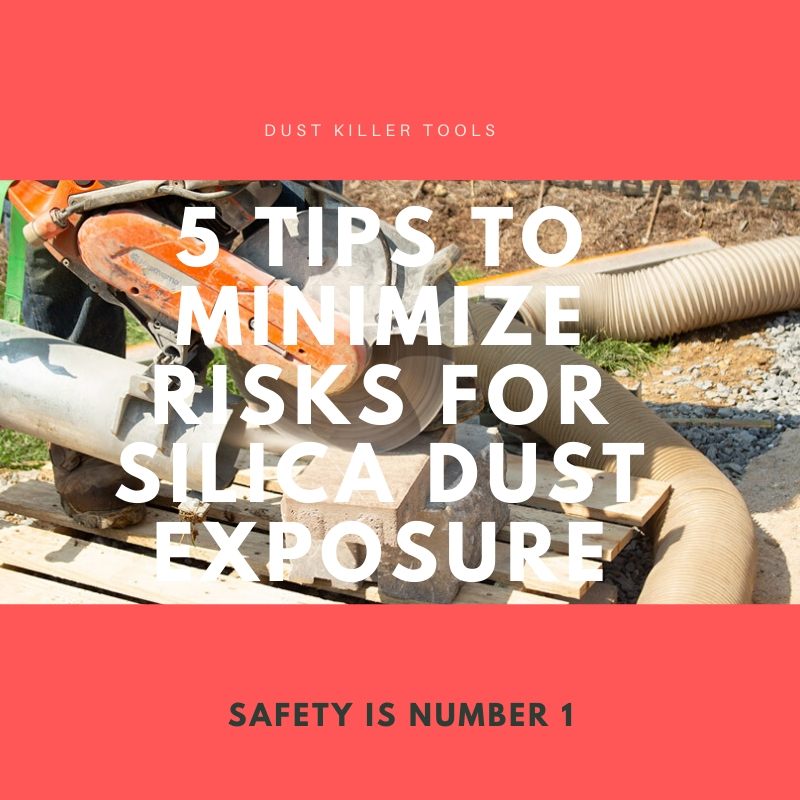What is Silica Dust?
Silica. It’s everywhere in the earth. In dirt. Sand. Concrete. Stone. It’s the most common element! But as we’ve learned, when we cut or grind stone & concrete, we generate a lot of silica dust exposure! And that dust contains respirable crystalline silica. Here’s some tips to consider when planning ways to minimize the risk to you and your crew. Some practices are very readily recognized as a risk, but others might surprise you!
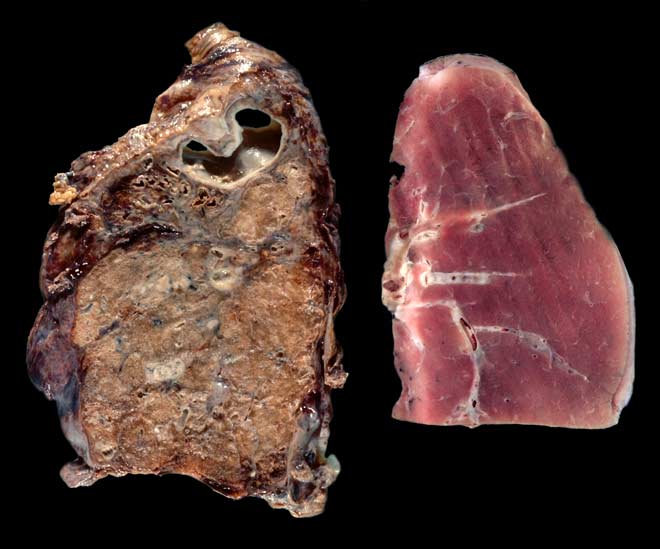
#1. Cutting & Grinding Concrete or Stone
If you’re a traditional mason or a hardscaper, we cut a lot and are around silica dust exposure all the time! Some detailed projects can easily generate 400-600# of dust from cutting. While we are biased towards using vacuum technology to capture the dust, cutting wet does have its place! Just remember that the slurry should be cleaned up with a wet/dry HEPA filtered vacuum.
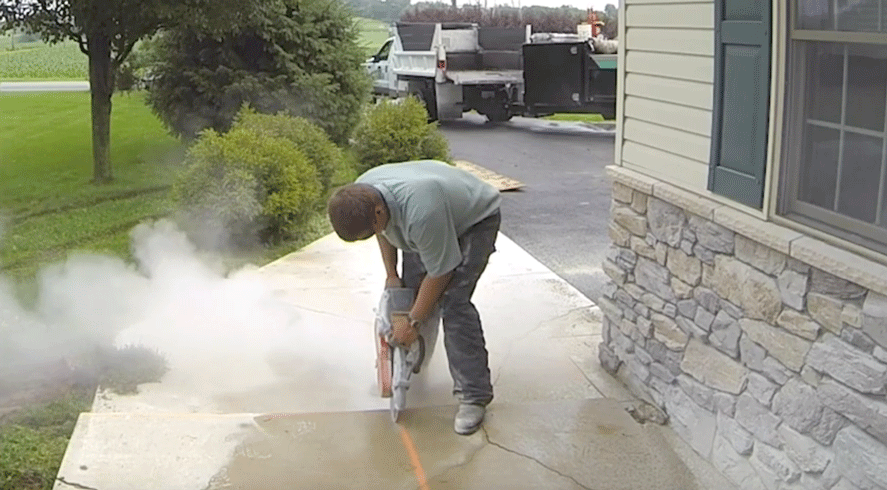
#2. Drilling
While you might be fine drilling a few holes without using water or vacuum, if you plan to spend a significant amount of time on this task you should be using a engineering control for silica dust exposure.
#3. Tuck Pointing & Mortar Removal
Based on the restrictions OSHA has placed on this task in their Table 1 controls, it’s obvious that mortar has high silica content. Remember that you’ll need a full face respirator if you’re doing this task for longer than 4 hours per shift to protect from the harmful silica dust exposure.
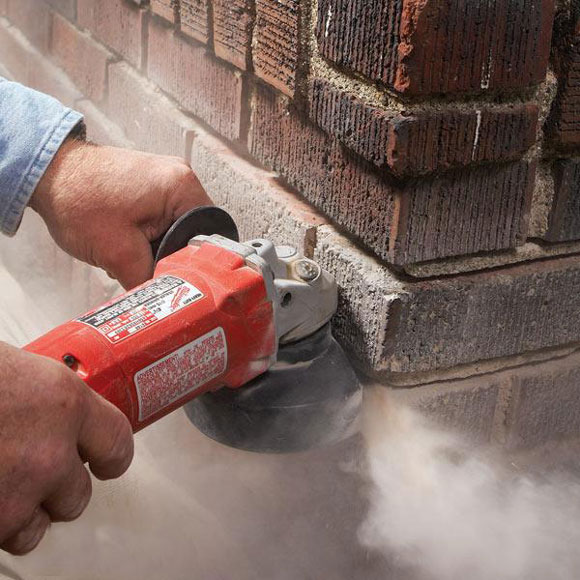
Photo Credits: Family Handyman
#4. Installing base materials
Ever notice how dusty stone can be, even “washed” aggregate like #57 or 2B stone? And yes, this dust can contain respirable silica! While it’s on the pile or on the truck, adding water will control the dust. Another opportunity is after the stone has been spread, but prior to compaction.
The vibration from compaction tends to raise a lot of dust, so spraying the surface of the base will do a LOT to minimize the risk of any silica dust exposure! It also has the benefit of lubricating the stone particles, which enables more effective compaction.
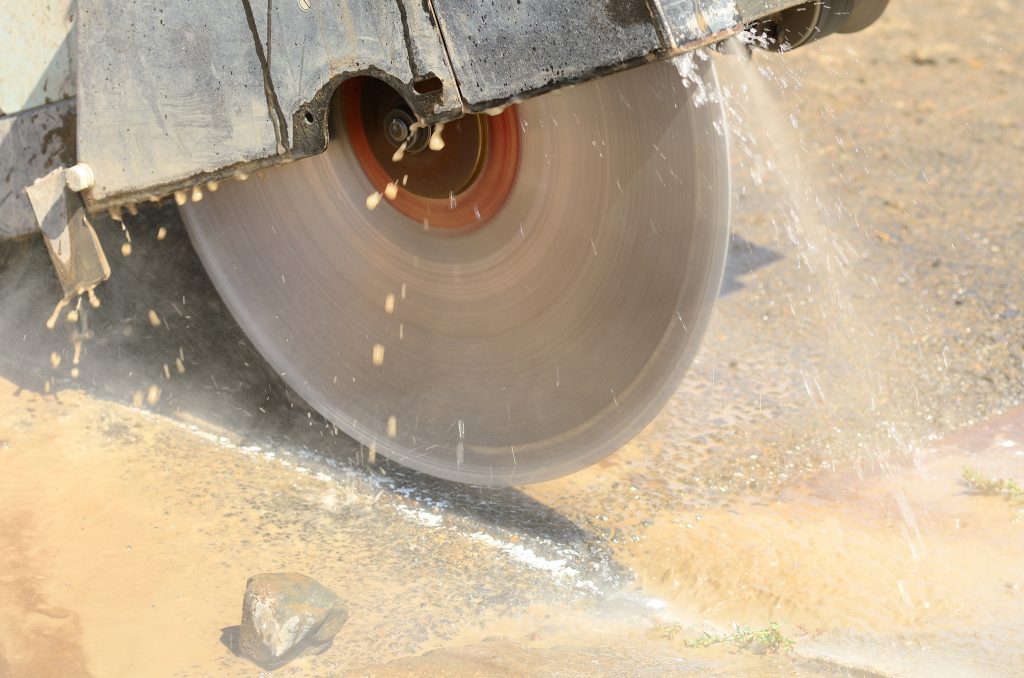
#5. Installing Polymeric Joint Sand
To our knowledge, no silica dust exposure data from this task is publicly available. We do plan to conduct this testing at some point in the future with the crew at Willow Gates Landscaping. For now, it’s safe to say that your crew should be wearing respirators! You can also consider using a product like Azpects EasyJoint, which installs WITH water and thus never has any dust.
If you work in eastern PA and have a large project where you’re installing polymeric joint sand, call us! We’ll collaborate with you on silica exposure testing; we’ll provide the equipment and training, and you’ll receive a copy of the results!

